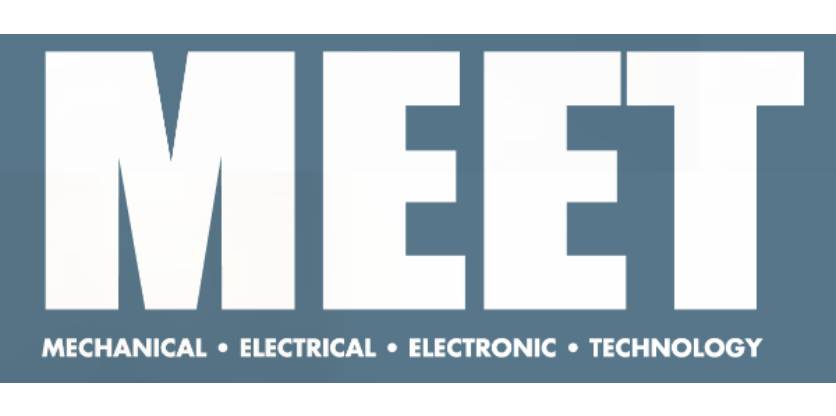Montrer l’exemple: amener les employés à penser comme des propriétaires

20 janvier 2016
Au fil du temps, un propriétaire acquiert de l’expérience professionnelle. En même temps, ses processus de réflexion et son engagement envers la compagnie grandissent. Les propriétaires sont exposés à l’expérience concrète des activités quotidiennes de l’entreprise, ce qui leur permet d’avoir un aperçu unique de la façon dont ils doivent prendre de meilleures décisions autant pour l’entreprise que pour eux-mêmes. Les bénéfices ou les conséquences de leurs actions affectent non seulement la compagnie, mais les affectent eux-mêmes de façon personnelle. À moins qu’il n’y ait quelqu’un d’autre qui partage ces expériences aux côtés du propriétaire, celui-ci devient le seul individu possédant les connaissances et l’expérience requises afin de prendre les décisions importantes pour maintenir la trajectoire prévue.
Combien de fois avez-vous entendu, ou même, vous êtes-vous dit : « je souhaiterais pouvoir me cloner afin d’avoir quelqu’un pouvant m’aider à faire ceci » ? Ne serait-ce pas beaucoup plus simple de gérer votre entreprise si vous pouviez trouver un autre vous, qui vous aiderait? Cette pensée pourrait ne pas être aussi irréaliste que vous le pensez, si vous pouviez amener vos employés à penser comme des propriétaires.
Voici les conditions préalables et les moyens pour y arriver :
Prerequisites and Assumptions
Before you can train and expect employees to think and act like owners, the business must have integrity. For a business, integrity is measured in several ways. The most obvious conditions of integrity are honesty and trust. The business and its owner must be trust worthy in the eyes of the employees, vendors, subs and customers, anyone and everyone who touches or is touched by the business. The owner must also have unconditional trust in the employees who make up the team. Without trust, integrity of the business will not be possible.
After trust, the integrity of a business is then also measured by being whole and complete. To be whole and complete a business must be a real business, not just an amateur effort. There must be systems, policies and procedures in place to predict how business will happen, measure what it is actually happening, and indicate how and when corrections will be implemented. One simple example of business integrity measured this way would be an estimating and job costing system. This system must include ways to predict project costs and a sell price that will be profitable, a job costing method that can identify how well the production of a project is actually going, and a method for verifying cost or production assumptions as well as correcting what is not working. Without this type of integrity, how would the owner, or the employees, measure their efforts? Without the ability to measure, how would we know whether to keep doing what we are doing or know how to correct or improve our efforts? To think like an owner, an employee needs to have the same qualified information an owner would need. If the owner operates his or her business by guessing rather than knowing, the employees will never be able to do any differently.
Employees Need to be “In The Know”
Getting employees to think like owners requires that they have experiences, responsibilities, and opportunities similar to those of the business owner. Allowing these things to happen gives employees a similar insight into the day-to-day activities and decision-making processes that are required to help the business succeed, rather than just survive. The owner should share the goals of the business, better yet the business plan. Explain how decisions are made by helping employees discover the “why” behind each decision. Help employees understand how the success of the business will be measured, in terms of performance as well as how quickly the results are expected. Let them know what it takes to run the business in terms of time invested, financial requirements, and customer satisfaction; give them the information you as an owner would need to “make it happen”.
Curt Trampe, owner of DreamMaker Bath and Kitchen, a remodeling firm in Springfield, Illinois offers the following suggestion. “The more you let go, the more the employees and the company can grow. The tight fist syndrome doesn’t work. The tighter you hold on, the less you can hold onto.” Trampe says that his company has grown with less and less input from him. “My business has taken on its own personality by fostering an environment that allows the business to not be dependent on any one person or personality”. After sharing project labor estimating information in the form of a spreadsheet, his employees requested more room on the form so they could track and document their own performance. Now they want room for tracking material usage as well.
Reward Their Efforts and Keep Them Motivated!
Lastly, getting employees to think like owners and keeping them thinking that way requires rewarding the employees for their efforts. Rewards can be delivered in many ways. Be sure to respect your employees and their efforts. Deal with mistakes or disappointments in a positive way, as opportunities to learn from. Display confidence in their efforts and they too will have confidence in their own efforts. Reward employees with opportunity for continuous career and personal growth opportunities. Let them know that additional responsibility and improved performance will result in increased compensation. Give them similar awards that you, as the owner, would expect for your efforts.
 Shawn McCadden is a consultant, educator and speaker for the remodelling industry who offers business consulting and coaching services for remodelling business owners who want more for and from their businesses and their lives. He also consults with construction-related product manufacturers and suppliers, helping them understand, find, educate and better serve remodelers.
Shawn McCadden is a consultant, educator and speaker for the remodelling industry who offers business consulting and coaching services for remodelling business owners who want more for and from their businesses and their lives. He also consults with construction-related product manufacturers and suppliers, helping them understand, find, educate and better serve remodelers.
Check out Shawn’s website — and blog.
Also check out these Shawn McCadden articles published in LME:
– Ne pas sous-estimer le potentiel de votre système d’estimation
– 3 étapes faciles pour couvrir le temps d’un employé improductif
– Comparer votre marge de profit avec celle de vos concurrents est une pratique à risque
– Ne faites pas courir des risques inutiles à votre entreprise avec une marge de profit improvisée
– Plan de participation aux bénéfices pour les entrepreneurs












